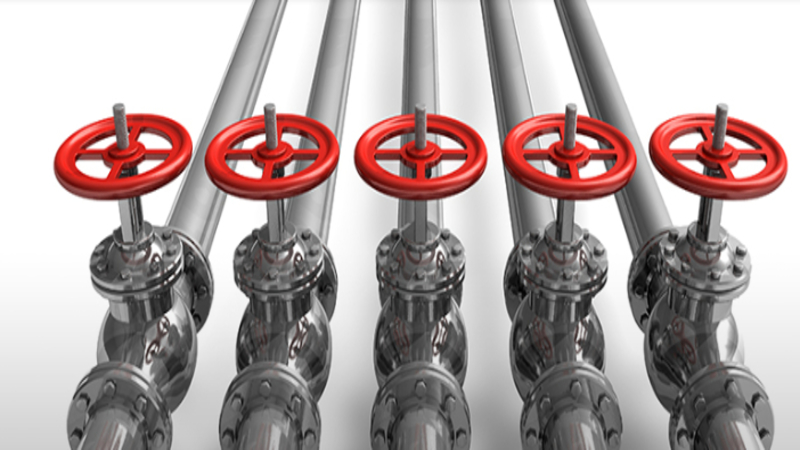Concrete is an ideal material for the construction of buildings, homes, commercial and industrial facilities, roadways, retaining walls and many other types of components and structures.
When wet, anchors can be placed in the concrete until it dries, permanently holding J-bolts or other types of anchors in place. However, once the concrete is poured and set, it can be a challenge to find a way to use a fastener that will hold. After all, the material is not like wood and nails, and most types of other fasteners are simply ineffective or impossible to use.
The answer to this problem is found in the form of concrete wedge anchors. Similar in theory to the wall anchors or molly bolts, this is a fastener that is placed in the concrete and then turned to create an expansion of the end to secure the fastener in place.
Using The Wedge Anchor
The concrete wedge anchors really self-describe how they are used. One end has a nut attached while the other end is slightly rounded and free from threading. There is also a collar above the rounded end and the threading, held in place through the design.
To use concrete wedge anchors, a hole equal to the diameter of the anchor is first drilled into the concrete to the desired depth. The wedge anchor is then inserted into the hole using a hammer to tap it into place.
Then tighten the nut down until the attached piece is snug to the concrete surface. This will cause the bottom or wedge to expand and secure the wood or other material to the concrete. It is critical to ensure that the positioning is correct with the anchor before tightening as once it is snugged down it cannot be removed without chipping away the concrete.



